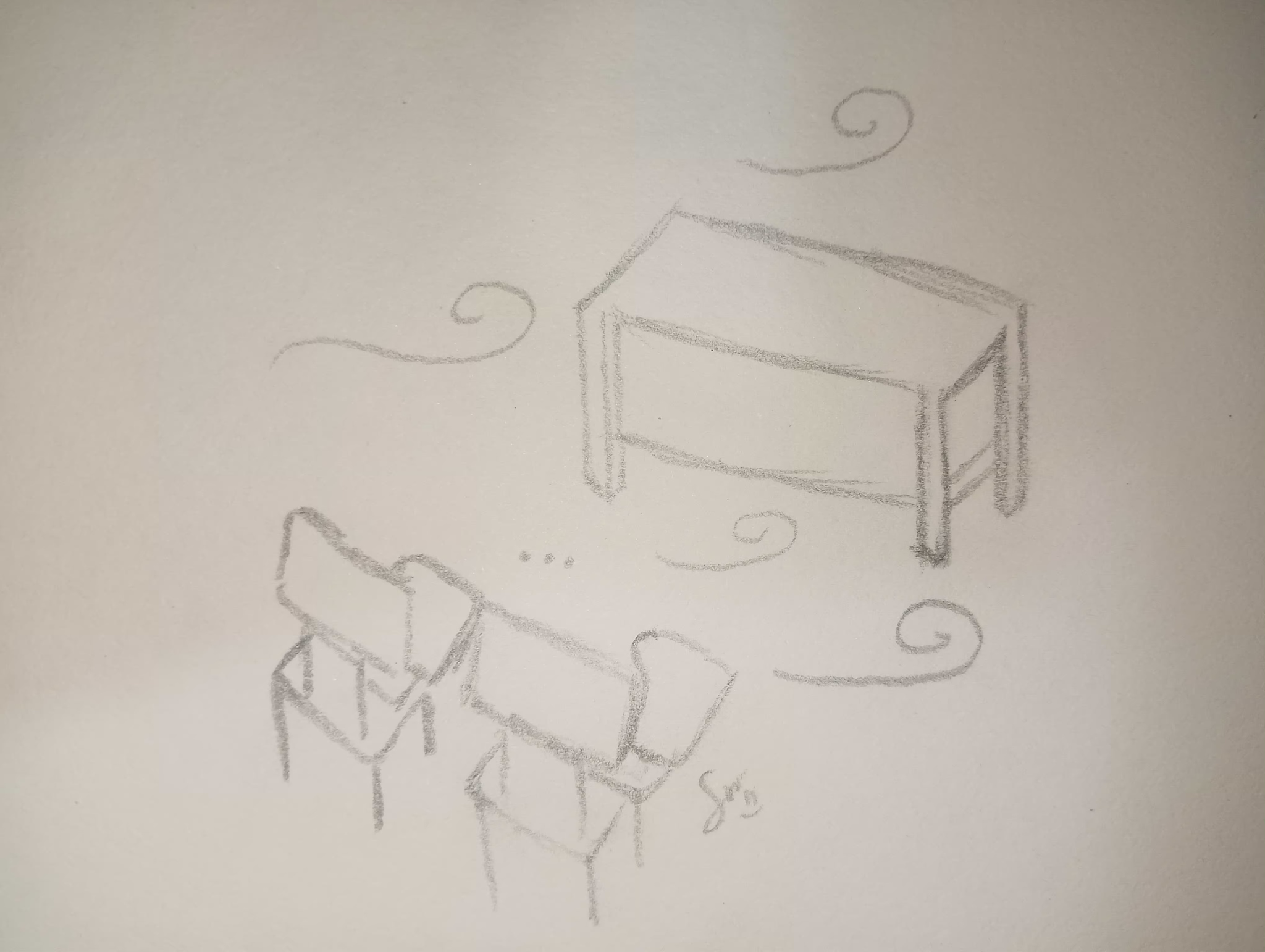

By: Flores, Kryz Dhaniel P.
Are our schools really ready for it?
The Department of Education has introduced another major shift in our education system: the strengthened Senior High School (SHS) curriculum. With fewer core subjects, more practical learning, and longer work immersion hours, the reform promises to produce future-ready graduates.
The truth is, curriculum changes alone will not transform education. We can revise learning competencies, reduce subjects, and reorganize tracks, but if the same overcrowded classrooms, outdated facilities, and overworked teachers remain, the outcome won’t be very different from before.
In many public schools, students still share textbooks, computers are limited or non-functional, and science labs are either poorly equipped or completely absent. How can students perform immersive, career-oriented activities when basic resources are lacking? The new curriculum emphasizes skills like communication, digital literacy, and workplace readiness. But even now, there are SHS students who have never touched a real microscope or used industry-standard software.
Worse, teachers are being asked to do more with less. The curriculum now includes broader immersion programs and elective options across clusters like STEM, ICT, Arts, and Tech-Voc. But who will handle these specialized courses? Many teachers are handling overloaded classes with little to no updated training. Even the best curriculum can’t work if the people delivering it aren’t supported.
Let’s be clear: the vision behind this curriculum is commendable. It shifts away from rote memorization and pushes for relevant, 21st-century learning. It gives students more choices and aims to make them better prepared for work or higher education. But without proper investment in facilities, equipment, and especially teachers, this vision will remain a blueprint instead of a reality.
DepEd needs to ensure that every school implementing this new curriculum has access to upgraded tools, strong internet, and safe learning spaces. More importantly, teachers must be given continuous professional development, manageable workloads, and proper compensation. No reform will succeed if the backbone of education, our educators are stretched to their limits.
Curriculum change is just one part of the puzzle. To truly improve Philippine education, it must be accompanied by strong infrastructure, empowered teachers, and equitable access for all students, rural or urban, public or private.
If we want this new SHS curriculum to succeed, we must remember: we can’t just change what students learn. We must also change where and how they learn and support the people who make that learning possible.
Lets get in touch and talk about your next project.